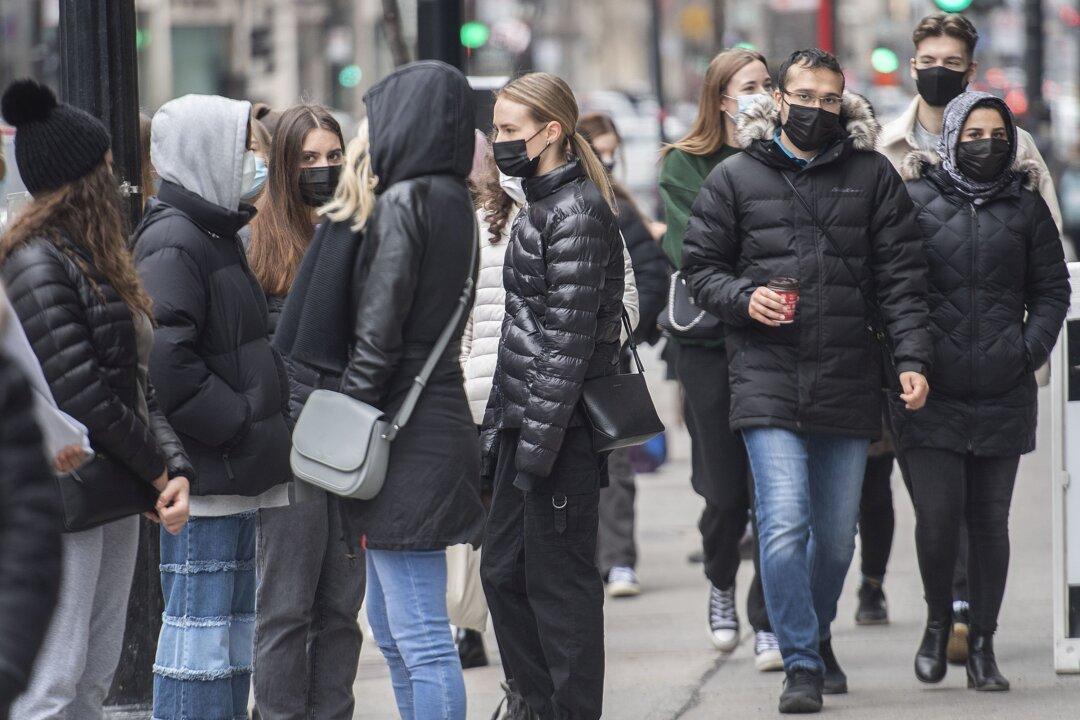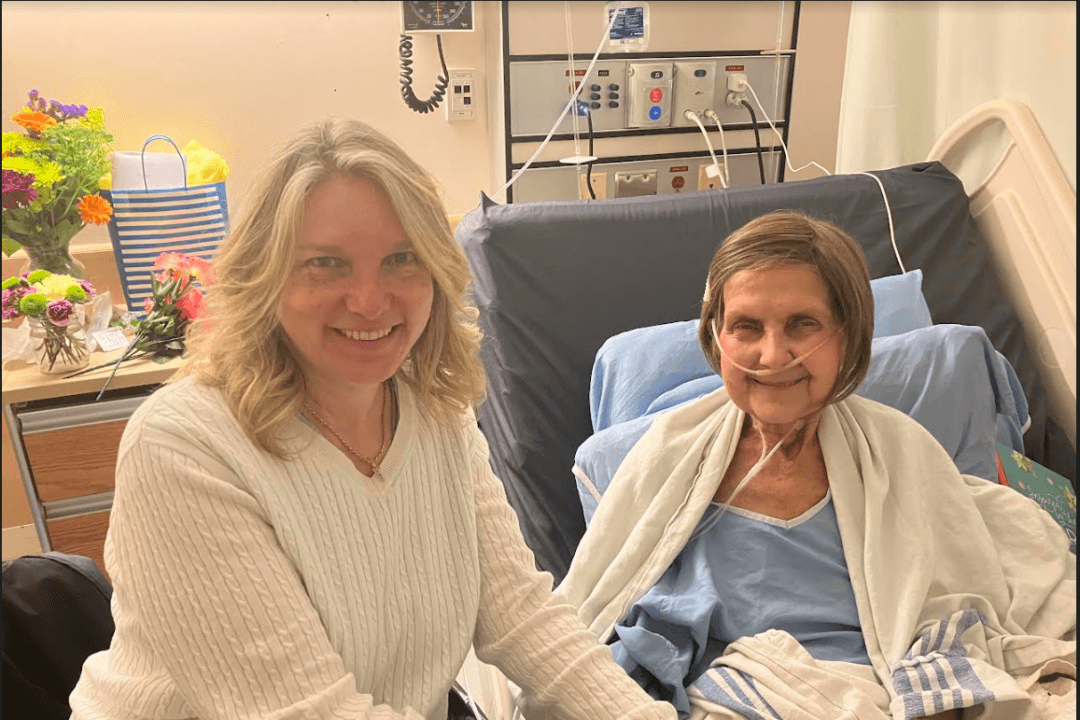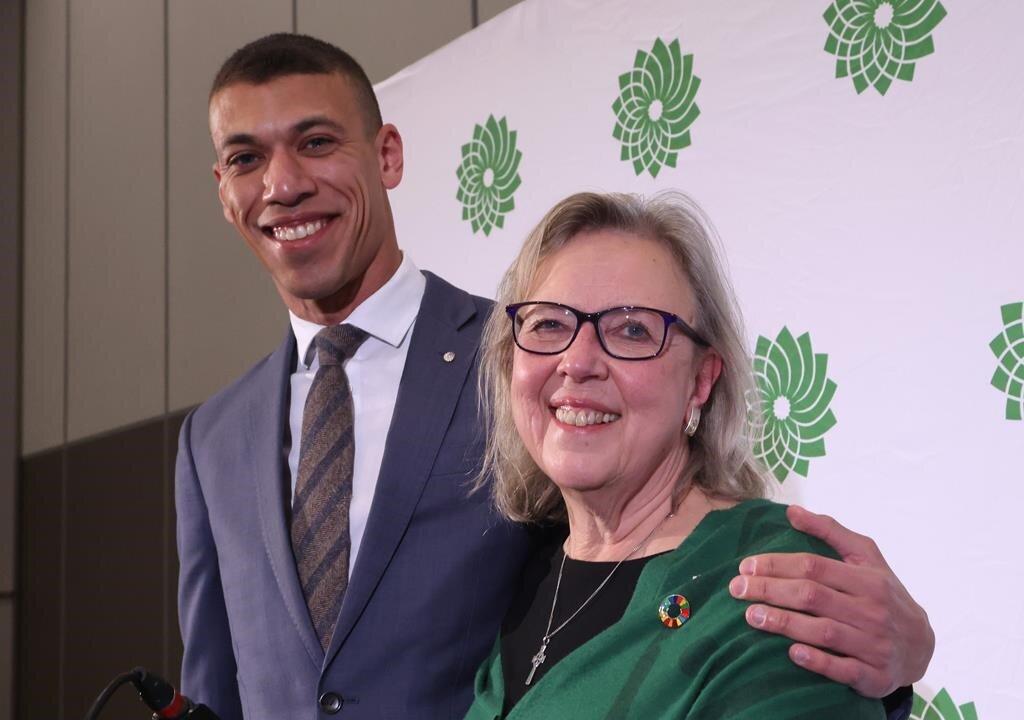A disciplinary hearing against a Calgary chiropractor who treated patients without wearing a mask has become a forum under oath to debate the efficacy of masking to reduce the spread of COVID-19.
The Alberta College and Association of Chiropractors (ACAC), now renamed as the College of Chiropractors of Alberta, took action against Curtis Wall on July 22, 2021, for alleged “unprofessional conduct” for not following mask requirements set out by the ACAC’s Pandemic Practice Directive.





